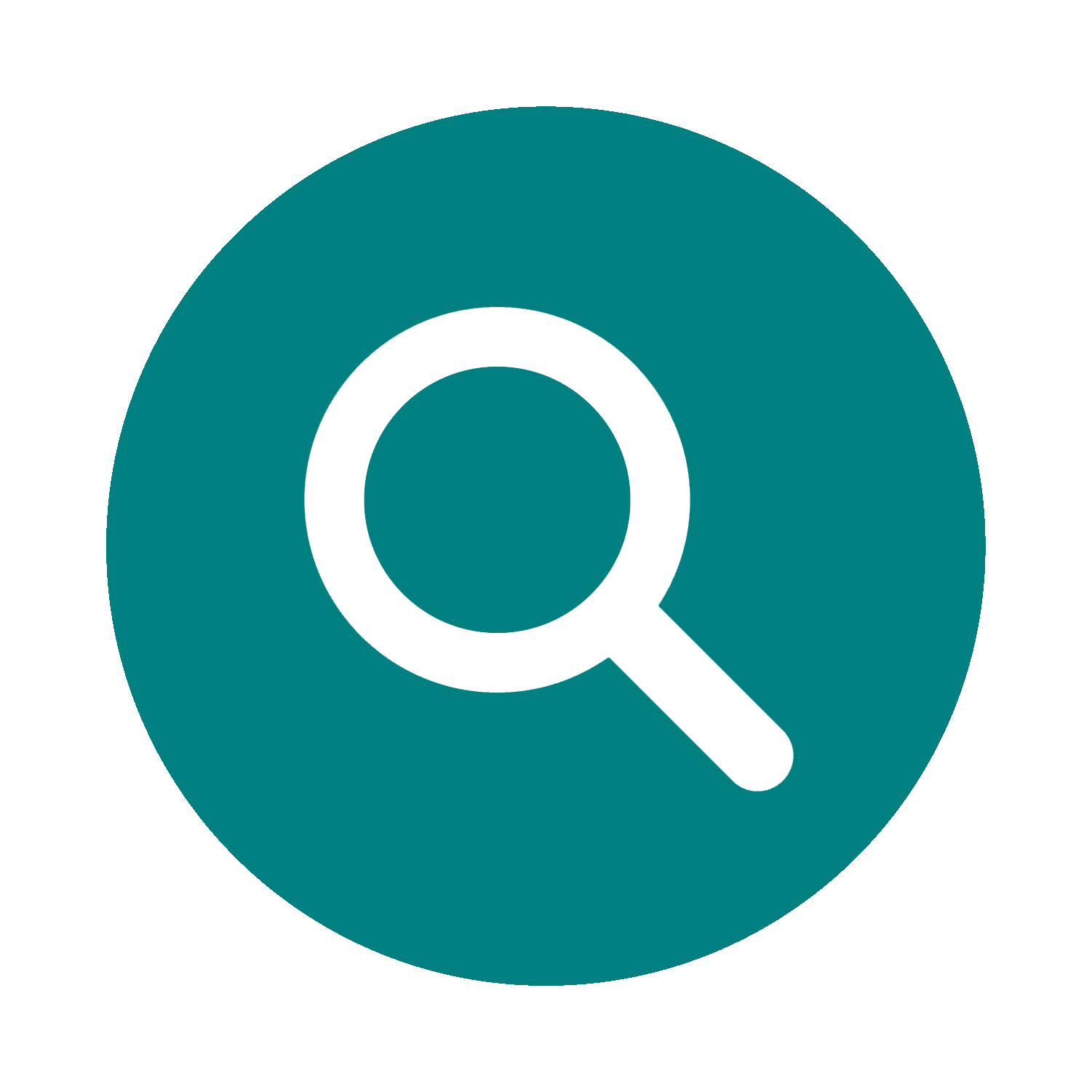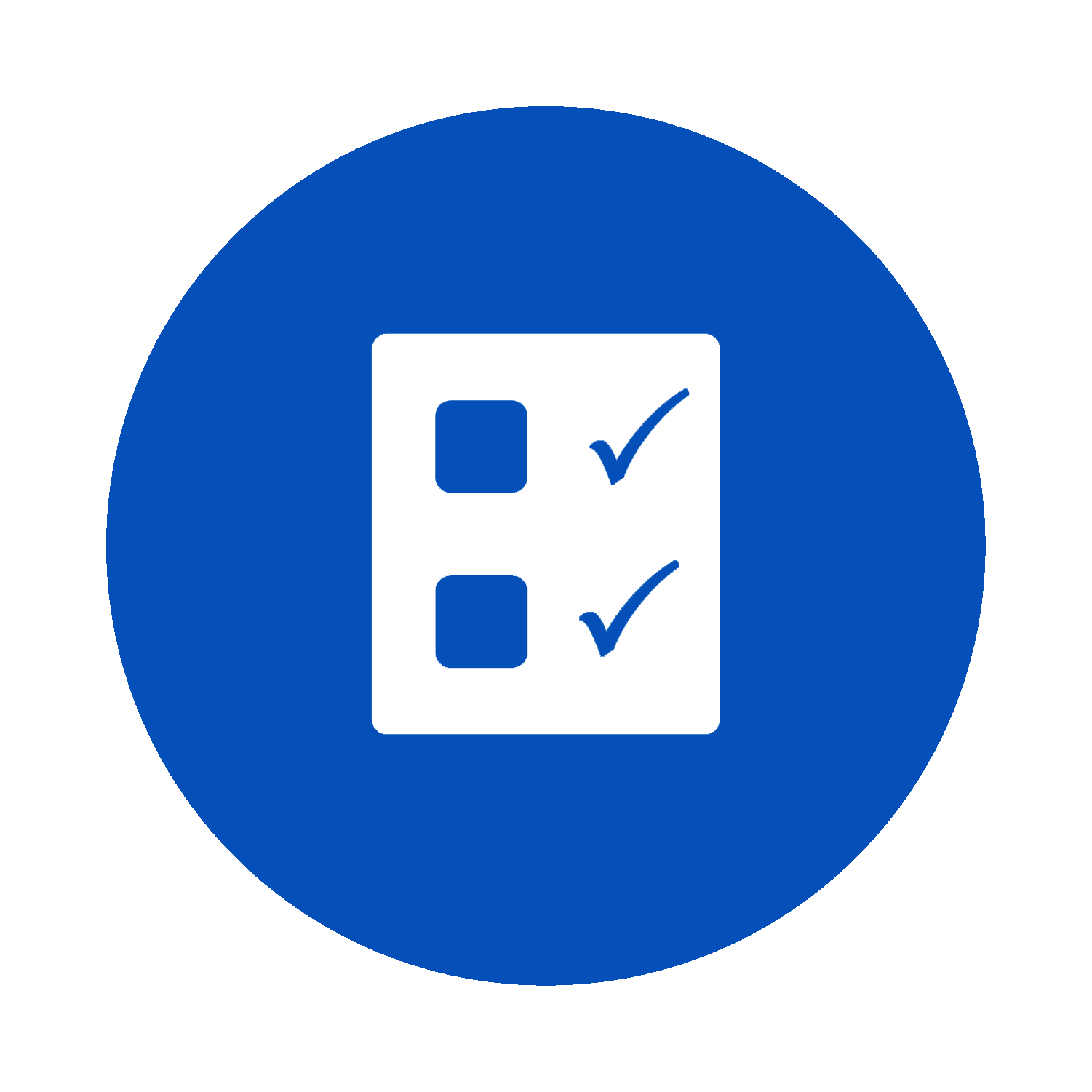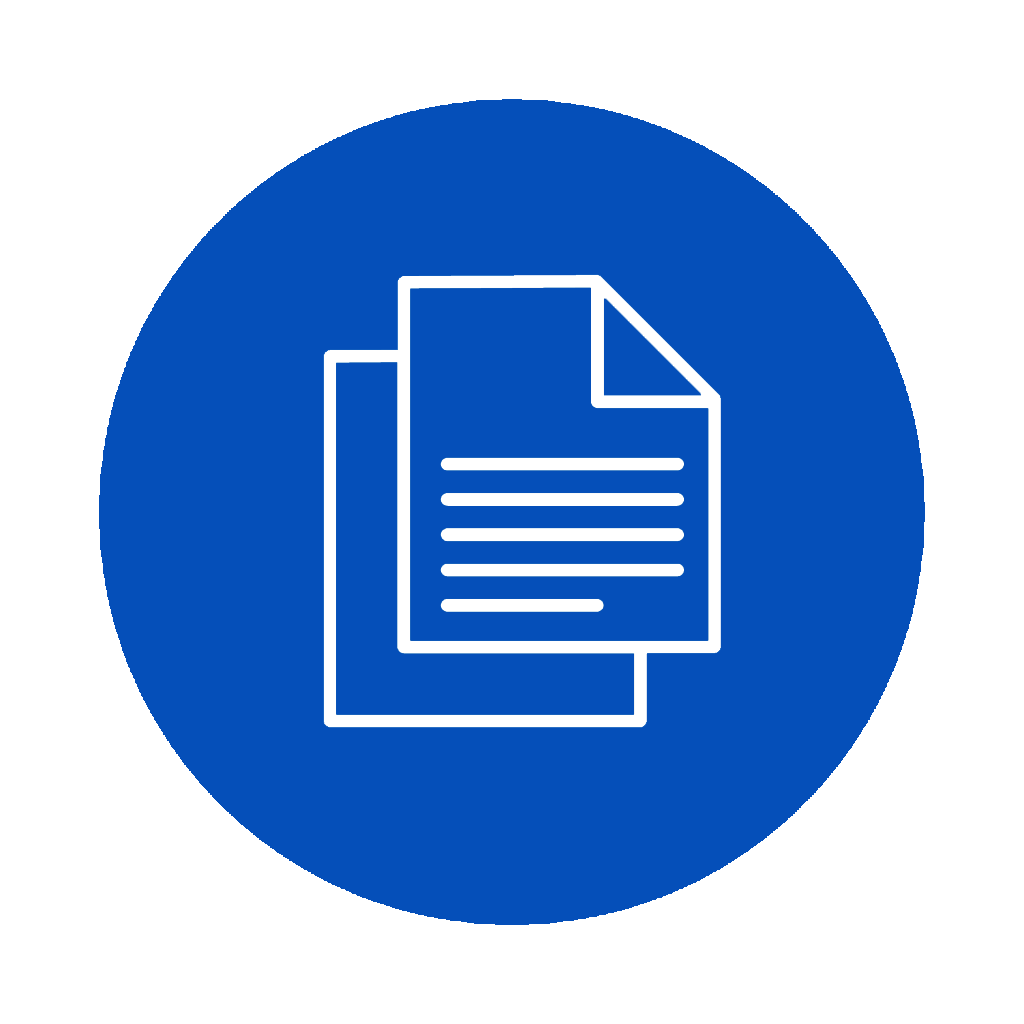Chapter 04. Risk Management
04.04. Monitoring and Reporting Risk Management Effectiveness

Key Questions
![]() Briefly reflect on the following before we begin:
Briefly reflect on the following before we begin:
- What are the key indicators and metrics used in monitoring risk management effectiveness?
- How do dashboards and scorecards facilitate the ongoing monitoring of risks?
- What are the best practices in reporting risk management outcomes to stakeholders?
- How can technology be leveraged to enable real-time risk monitoring and reporting?
Successful monitoring and reporting of risk management effectiveness is integral to organizational governance, ensuring proactive identification and response to emerging risks. This section delves into various methodologies and practices to enhance the oversight and reporting of risk management processes. Key risk indicators (KRIs) and performance metrics serve as vital tools for organizations to monitor and measure the effectiveness of their risk management efforts. By establishing clear KPIs aligned with organizational objectives, stakeholders can promptly identify deviations from expected performance levels and take corrective actions as necessary. Dashboards and scorecards provide concise visual representations of key risk metrics, facilitating quick decision-making and communication of risk-related information across the organization.
Regular reviews of risk management processes and controls enable organizations to assess the adequacy and effectiveness of their risk mitigation strategies. Through structured reviews and evaluations, organizations can identify areas for improvement and implement necessary adjustments to enhance risk management capabilities. Reporting risk management outcomes to stakeholders is essential for transparency and accountability, enabling informed decision-making and fostering stakeholder trust. Integration of risk reporting with strategic decision-making processes ensures that risk considerations are systematically incorporated into organizational planning and execution. Leveraging technology for real-time risk monitoring enhances an organization’s ability to proactively identify and respond to emerging risks, enabling agile and adaptive risk management practices. Despite the benefits, organizations may encounter challenges in risk reporting, such as data accuracy and timeliness, underscoring the importance of implementing best practices and robust governance frameworks.
 Internal Audit in Action
Internal Audit in Action
Background
E-Retail, a fast-growing online retail company, has experienced rapid expansion but needs help to efficiently monitor and report its risk management activities. The leadership team recognizes the need for a more dynamic approach to gain real-time insights into risk exposures and the effectiveness of their risk management strategies.
Challenge
The primary challenge is implementing a system that can provide continuous, real-time monitoring of risks and performance metrics, enabling proactive management and reporting to stakeholders, including the board of directors, investors, and regulatory bodies.
Action Taken
E-Retail decided to implement a comprehensive risk management dashboard that integrates data from various sources within the organization. This dashboard tracks key risk indicators (KRIs) and performance metrics across different business units, providing a holistic view of the company’s risk posture. The dashboard includes trend analysis, threshold alerts, and drill-down capabilities for detailed risk analysis. The internal audit team oversees the dashboard’s implementation, ensuring it aligns with the company’s risk appetite and tolerance levels.
Outcome
The deployment of the risk management dashboard transforms how E-Retail monitors and reports risks. Leadership and relevant stakeholders can now access real-time data on risk exposures, making it easier to identify trends, anticipate potential issues, and take corrective action promptly. The dashboard becomes an essential tool for strategic decision-making, enhancing the company’s agility and resilience. Furthermore, generating comprehensive risk reports at the click of a button significantly improves communication with external stakeholders, boosting confidence in the company’s risk management practices.
Reflection
This scenario highlights the importance of leveraging technology to enhance risk monitoring and reporting processes. E-Retail’s implementation of a dynamic risk dashboard exemplifies how real-time risk insights can facilitate more informed decision-making, improve stakeholder communication, and ultimately contribute to a more effective risk management framework.
Key Risk Indicators (KRIs) and Performance Metrics
In risk management, key risk indicators (KRIs) and performance metrics are essential tools used to monitor and assess the effectiveness of risk management processes. KRIs are quantifiable measures that provide early warning signals of potential risks or adverse events that could impact an organization’s objectives. These indicators help organizations proactively identify, monitor, and manage risks before they escalate into significant issues.
KRIs are specific, measurable, and relevant metrics closely aligned with an organization’s strategic objectives and risk appetite. They are derived from key performance indicators (KPIs) but focus specifically on highlighting potential risks and vulnerabilities. KRIs can vary depending on the nature of the organization and its industry. Examples of KRIs include financial metrics such as liquidity ratios, operational metrics like customer complaints or downtime, compliance metrics such as regulatory violations, and cybersecurity metrics like the number of security incidents or phishing attempts. KRIs can be classified as leading or lagging indicators. Leading indicators provide insights into potential future risks, while lagging indicators reflect historical performance. Both types of indicators are valuable for assessing risk management effectiveness.
To effectively use KRIs, organizations need to establish thresholds or tolerances that indicate when a risk level becomes unacceptable. Thresholds help trigger risk response actions or interventions when predefined limits are exceeded. KRIs should be monitored regularly to ensure timely detection of emerging risks. The frequency of monitoring may vary depending on the criticality of the risk, business cycles, and regulatory requirements. KRIs should be aligned with the organization’s risk appetite, which defines the level of risk the organization is willing to accept to achieve its objectives. Monitoring KRIs allows organizations to stay within acceptable risk tolerances.
Effective communication of KRIs to stakeholders is crucial for informed decision-making. Clear and concise reporting mechanisms, such as dashboards or risk heat maps, facilitate an understanding of risk exposure and the effectiveness of risk management efforts. By implementing robust KRIs and performance metrics, organizations can enhance their ability to identify, monitor, and respond to risks effectively, ultimately contributing to improved business performance and resilience.
The Role of Dashboards and Scorecards in Risk Monitoring
Dashboards and scorecards provide stakeholders with clear and concise visual representations of key risk indicators (KRIs), performance metrics, and other relevant information. These tools enable organizations to track the effectiveness of risk management processes, identify trends, and make informed decisions to mitigate risks and capitalize on opportunities.
Dashboards and scorecards present complex data in a visually appealing and easy-to-understand format. They use graphs, charts, tables, and colour coding to depict trends, comparisons, and variations in risk-related information. Dashboards and scorecards collect data from various sources, including internal systems, external databases, and manual inputs. This consolidated view allows stakeholders to gain insights into the overall risk landscape and performance of risk management processes. Organizations can customize dashboards and scorecards to align with risk management objectives, priorities, and stakeholder preferences. They can tailor the display of information, filters, and metrics based on the needs of different user groups.
Dashboards and scorecards monitor real-time KRIs and performance metrics, enabling stakeholders to respond promptly to emerging risks or changing circumstances. Automated data updates ensure stakeholders have access to the latest information. Dashboards and scorecards allow for comparative analysis by benchmarking current performance against historical data, industry standards, or predefined targets. This comparative analysis helps identify deviations, outliers, or areas requiring improvement. Advanced dashboards and scorecards also include alerting mechanisms that notify stakeholders when predefined thresholds or risk tolerances are exceeded. These alerts prompt timely actions to address potential risks or capitalize on opportunities.
Dashboards and scorecards should be aligned with the organization’s strategic objectives and risk appetite. They should focus on tracking KRIs that are most relevant to achieving organizational goals and maintaining acceptable risk levels. Dashboards and scorecards serve as communication tools, fostering transparency and accountability in risk management. These tools enhance decision-making and stakeholder confidence by providing stakeholders with access to relevant data and insights.
Dashboards and scorecards enhance risk monitoring by providing stakeholders with actionable insights, facilitating informed decision-making, and promoting proactive risk management practices. Their role ensures that organizations navigate uncertainties and achieve their objectives while managing risks effectively.
Regular Reviews of Risk Management Processes and Controls
Regular reviews of risk management processes and controls are essential to ensure that risk management practices are effective, efficient, and aligned with organizational objectives. These reviews enable organizations to anticipate, assess, and respond to risks while seizing opportunities for sustainable growth and success. They involve systematic evaluations of the design, implementation, and performance of risk management frameworks to identify gaps, weaknesses, and areas for improvement.
Organizations should establish formal mechanisms for regularly reviewing risk management processes and controls. These mechanisms may include establishing dedicated review committees, appointing risk management champions, or engaging external auditors or consultants to provide independent assessments.
Frequency of Reviews
Reviews should be conducted at regular intervals, considering the nature, complexity, and volatility of risks faced by the organization. While some organizations may opt for quarterly or semi-annual reviews, others may conduct reviews on an annual or ad-hoc basis. The frequency should be sufficient to capture changes in risk profiles and business environments.
Focus of Reviews
Reviews should encompass all aspects of risk management, including risk identification, assessment, response, monitoring, and reporting. They should also assess the effectiveness of internal controls, risk mitigation strategies, and compliance with regulatory requirements. Reviews may focus on specific risk areas, business units, processes, or projects as needed.
Purpose of Reviews
Effective reviews should accomplish the following goals:
- Assess the overall effectiveness and efficiency of the risk management process, including the adequacy of risk identification techniques, the accuracy of risk assessment methodologies, and the appropriateness of risk response strategies.
- Evaluate the integration of risk management into decision-making processes and organizational culture.
- Assess the design and implementation of internal controls to mitigate identified risks. This includes assessing the adequacy of control activities, the reliability of control systems, and compliance with established control objectives and standards. Reviews may involve testing control effectiveness through sampling, walkthroughs, or simulations.
- Identify opportunities for enhancing risk management processes and controls to better align with organizational objectives and mitigate emerging risks. This may involve recommending enhancements to risk management frameworks, updates to policies and procedures, or investments in technology and training.
Documentation of Reviews
Reviews should be well-documented to ensure transparency, accountability, and traceability of findings and recommendations. Documentation should include review objectives, scope, methodology, findings, conclusions, and action plans for addressing identified deficiencies or gaps. Some key points to note include:
- Review findings should be documented in comprehensive reports and communicated to relevant stakeholders, including senior management, board members, and internal audit functions.
- Action plans should be developed to address identified deficiencies, and progress should be monitored through follow-up reviews and ongoing oversight mechanisms.
Reporting Risk Management Outcomes to Stakeholders
Reporting risk management outcomes to stakeholders ensures an organization’s transparency and accountability and leads to informed decision-making. Stakeholders, including senior management, board members, investors, regulators, and other relevant parties, rely on these reports to understand the effectiveness of the organization’s risk management efforts and their impact on achieving strategic objectives.
Content and Format of Reports
Reports should be clear, concise, and transparent, providing stakeholders with a comprehensive understanding of the organization’s risk profile, mitigation strategies, and performance against established objectives. Information should be presented in a format that is easily understandable and accessible to diverse stakeholders with varying levels of expertise.
Alignment of Reporting
Reporting should align with the organization’s strategic objectives and risk appetite, focusing on key risk areas that have the potential to impact the achievement of business goals. This ensures stakeholders receive relevant and actionable information to make educated decisions about risk management and resource allocation.
Frequency of Reports
Reports should be issued promptly to provide stakeholders with up-to-date information on risk management activities and outcomes. The reporting frequency may vary depending on the nature of risks, regulatory requirements, and stakeholder preferences. Regular reporting ensures that stakeholders are informed of changes in the risk environment and the effectiveness of risk mitigation efforts. Reports should be tailored to meet the needs of different stakeholder groups, providing relevant information that aligns with their interests, responsibilities, and decision-making roles. For example, reports for senior management may focus on strategic risks and performance metrics, while reports for regulators may emphasize compliance with regulatory requirements.
Coverage of Reports
Reports should cover all aspects of risk management, including risk identification, assessment, response, monitoring, and reporting. They should address financial and non-financial risks, internal and external factors, and short-term and long-term implications. Comprehensive coverage ensures stakeholders have a holistic view of the organization’s risk landscape.
The Focus of Reports
Reports should include both quantitative and qualitative data:
Quantitative Data
Reports should include key performance indicators (KPIs) and key risk indicators (KRIs) that measure the effectiveness of risk management processes and controls. These metrics provide stakeholders with quantifiable data to assess the organization’s risk exposure, resilience, and performance over time. Examples of KPIs and KRIs may include risk appetite metrics, risk tolerance thresholds, risk exposure levels, and incident response times.
Qualitative Data
Reports should consist of qualitative analysis and narrative explanations that provide context, insights, and interpretations of the data presented. This helps stakeholders understand the underlying drivers of risk management outcomes, emerging trends, areas of concern, and opportunities for improvement.
Purpose of Reports
Reports should facilitate two-way communication between stakeholders and the risk management function, allowing for feedback, questions, and discussions about risk-related issues. This fosters a culture of continuous improvement and collaboration, enabling stakeholders to provide input into risk management strategies and initiatives. Effective reporting of risk management outcomes to stakeholders is essential for building trust, enhancing decision-making, and driving organizational resilience in uncertainty and change. By providing timely, relevant, and actionable information, organizations can demonstrate their commitment to managing risks effectively and achieving sustainable success.
Integrating Risk Reporting with Strategic Decision-Making
Integrating risk reporting with strategic decision-making helps organizations manage risks while pursuing their strategic objectives. This process involves aligning risk-related information with strategic planning and decision-making processes to ensure that risks are adequately considered and addressed in pursuing organizational goals and priorities. To do this, the internal auditor must understand how risks impact strategic goals and incorporate relevant information into strategic planning processes. By aligning risk reporting with strategic objectives, organizations can better prioritize risks and allocate resources to mitigate them effectively.
Risk reporting should provide a holistic view of risks across the organization, considering internal and external factors that may impact strategic initiatives. This includes identifying strategic risks that may affect the achievement of long-term goals, as well as operational risks that may impact day-to-day operations. Organizations can make informed decisions about short-term and long-term implications by undertaking a comprehensive review of risks.
Risk reporting should be timely and relevant to support strategic decision-making processes. This requires providing up-to-date information on emerging risks, changes in risk profiles, and the effectiveness of risk mitigation efforts. By ensuring the timeliness and relevance of risk reporting, organizations can respond quickly to changing risk landscapes and make informed decisions in a dynamic environment.
Risk reporting should be integrated into decision-making processes at all levels of the organization, from strategic planning sessions to operational meetings. This involves embedding risk discussions into strategic discussions, investment decisions, project planning, and performance reviews. By integrating risk reporting into decision-making processes, organizations can ensure that risks are considered alongside opportunities and objectives.
Risk reporting should include scenario analysis and sensitivity testing to assess the potential impact of different risk scenarios on strategic outcomes. This involves simulating various risk scenarios and evaluating their possible implications on strategic objectives, financial performance, and stakeholder value. Organizations can identify potential vulnerabilities and develop contingency plans to mitigate risks by conducting scenario analyses.
Risk reporting should involve active engagement with key stakeholders, including senior management, board members, investors, and regulators. This includes communicating risk information clearly and concisely, soliciting feedback on risk management strategies, and addressing stakeholders’ concerns and expectations. Organizations can build trust and confidence in managing risks by engaging stakeholders in risk-reporting processes.
Leveraging Technology for Real-Time Risk Monitoring
In today’s fast-paced business environment, organizations must adopt advanced technology solutions to effectively monitor risks in real time. Leveraging technology for real-time risk monitoring enables organizations to promptly detect potential threats and opportunities, allowing for proactive risk management and decision-making.
Utilizing technology allows organizations to automate data collection from various sources, including internal systems, external databases, and third-party sources. Automated data collection reduces manual effort, minimizes errors, and ensures the availability of up-to-date information for risk monitoring purposes. Technology solutions enable the organization to integrate and aggregate data from disparate sources into a centralized platform or dashboard. By consolidating data from different sources, organizations can gain a comprehensive view of risks across the enterprise and identify correlations and patterns that may indicate emerging risks or trends. Leveraging advanced analytics and modelling techniques, such as machine learning and predictive analytics, allows organizations to analyze large volumes of data in real-time to identify potential risks and opportunities. These techniques enable organizations to detect anomalies, predict future outcomes, and assess the likelihood and impact of various risk scenarios.
Implementing real-time monitoring tools and systems enables organizations to continuously monitor key risk indicators (KRIs) and performance metrics. These tools provide alerts and notifications when predefined thresholds are breached, allowing immediate action to address emerging risks or exploit opportunities. Technology solutions offer advanced visualization and reporting capabilities, allowing organizations to visualize risk data in intuitive dashboards and reports. Interactive dashboards enable users to drill down into specific risk areas, explore trends over time, and conduct ad-hoc analysis to support decision-making. Integrating technology solutions for real-time risk monitoring with decision-making processes ensures that risk information is readily available to stakeholders when making strategic, operational, or tactical decisions. By embedding risk monitoring tools into decision-making workflows, organizations can ensure that risk considerations are integrated into every aspect of the business.
Technology solutions should be scalable and flexible to accommodate changing business needs and evolving risk landscapes. Organizations should choose technology platforms to scale with their growth and adapt to new risk challenges and regulatory requirements. When leveraging technology for real-time risk monitoring, organizations must prioritize cybersecurity and data privacy considerations. Implementing robust cybersecurity measures and adhering to data privacy regulations are essential to protect sensitive information and mitigate the risk of data breaches or cyberattacks.
Leveraging technology for real-time risk monitoring empowers organizations to stay ahead of emerging risks, seize opportunities, and make informed decisions in a rapidly changing business environment. Organizations can effectively monitor risks in real-time and enhance their overall risk management capabilities by using technology for the following tasks:
- Automate data collection
- Integrate and aggregate data
- Employ advanced analytics
- Implement real-time monitoring tools
- Visualize risk data
- Integrate with decision-making processes
- Ensure scalability and flexibility
- Prioritize cybersecurity and data privacy
 Internal Audit in Action
Internal Audit in Action
Background
Yochem Health, a multinational healthcare provider, faces challenges in effectively communicating its risk management outcomes to stakeholders. The existing reporting process is manual and time-consuming, leading to delays and sometimes outdated information being shared.
Challenge
The company must streamline its risk reporting process to ensure timely, accurate, and relevant information is provided to stakeholders, enhancing transparency and accountability in its risk management practices.
Action Taken
To address this challenge, Yochem Health initiates an enhanced risk reporting initiative. This involves adopting automated reporting tools that integrate with the company’s risk management systems, allowing for the efficient generation of risk reports. The internal audit team works closely with IT and risk management departments to develop a standardized reporting template that includes vital information such as risk assessments, mitigation actions, and progress updates. The initiative also trains key personnel to analyze and present risk information effectively.
Outcome
The enhanced risk reporting initiative significantly improves Yochem Health’s risk communication processes. Automated tools reduce the time required to produce reports while ensuring the information is current and comprehensive. The standardized reporting template provides a clear and consistent format for communicating risk information, making it easier for stakeholders to understand the company’s risk management efforts and outcomes. Regular training ensures that personnel can effectively interpret and communicate risk data, further enhancing the quality of reports. As a result, stakeholder confidence in Yochem Health’s risk management practices increases, contributing to the organization’s reputation for transparency and accountability.
Reflection
Yochem Health’s scenario underscores the value of efficient and effective risk reporting in maintaining stakeholder trust and confidence. By streamlining the reporting process and enhancing the quality of risk communication, the organization demonstrates a commitment to robust risk management and transparency, which are critical components of strong corporate governance.
 Key Takeaways
Key Takeaways
Let’s recap the concepts discussed in this section by reviewing these key takeaways:
- Key Risk Indicators are essential metrics to measure the likelihood and impact of potential risks. These indicators provide early warning signals, allowing organizations to proactively manage risks before they escalate. On the other hand, performance metrics help assess the effectiveness of risk management processes and controls.
- Regular reviews of risk management processes and controls are essential to ensure their effectiveness and relevance in mitigating risks. They involve evaluating the design and implementation of controls, assessing their operating effectiveness, and identifying areas for improvement.
- Reporting risk management outcomes to stakeholders is crucial for transparency and accountability. Effective risk reporting involves communicating critical risk information to stakeholders, including KRIs, performance metrics, and control deficiencies.
- Integrating risk reporting with strategic decision-making is essential for aligning risk management efforts with organizational objectives. It also ensures that risk considerations are integrated into every aspect of the business, enhancing overall resilience and competitiveness.
- Leveraging technology for real-time risk monitoring enables prompt detection of potential threats and opportunities. Organizations can monitor risks in real time by automating data collection, integrating disparate data sources, employing advanced analytics and making proactive decisions to mitigate them effectively.
 Knowledge Check
Knowledge Check
 Review Questions
Review Questions
- What are some of the challenges organizations face in risk reporting?
- How can organizations ensure the accuracy and consistency of risk data in reporting?
- What role do visualizations and dashboards play in risk reporting?
- Why is stakeholder engagement important in risk reporting?
- How can organizations promote transparency and accountability in risk reporting?
 Essay Questions
Essay Questions
- Explain the significance of regular reviews of risk management processes and controls in ensuring effective risk management. Please provide examples of what such reviews may entail and how they contribute to organizational resilience.
- Discuss the role of integrating risk reporting with strategic decision-making in enhancing organizational performance and resilience. Please provide examples of how organizations can effectively integrate risk reporting into their strategic planning processes.
 Mini Case Study
Mini Case Study
Mehta Manufacturing Corporation is a multinational manufacturing company that operates in various regions worldwide. The company’s risk management team recently completed a comprehensive review of its risk management processes and controls. During the review, the team identified several weaknesses in the existing risk reporting practices, particularly in integrating risk reporting with strategic decision-making.
The CEO of Mehta Corporation is concerned about the effectiveness of the company’s risk reporting practices and their alignment with strategic objectives. As a risk management consultant, you have been tasked with providing recommendations to address these concerns and improve the integration of risk reporting with strategic decision-making.
Required: Based on the scenario provided, analyze the challenges faced by Mehta Corporation in integrating risk reporting with strategic decision-making. Provide recommendations on how Mehta Corporation can improve its risk reporting practices to enhance alignment with strategic objectives.
Metrics used to measure the potential risks that could impact an organization's ability to achieve its objectives.

